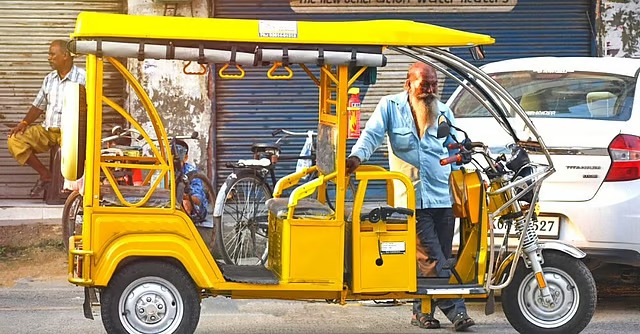Mrs. Prabha Sridevan, J.@mdashThe following two substantial questions of law are raised in this tax case:
(i) Whether, on the facts and in the circumstances of the case, the income tax Tribunal is right in law in holding that disallowance u/s 43B on the contributions towards gratuity fund after the close of the previous year was allowable?.
(ii) Whether on the facts and in the circumstances of the case, the income tax Appellate Tribunal is right in law in holding that a sum of Rs. 2,31,38,953 claimed as expenditure on account of replacement of machinery is allowable as revenue expenditure ?
The assessee, a company engaged in the business of manufacture of cotton and yarn, claimed deduction of Rs. 5,17,280 which was paid towards gratuity. This was disallowed on the ground that the assessee has not paid the same during the previous year relevant the assessment year and that as per section 43B, any sum payable by the assessee could be allowed as a deduction in computing income of that previous year in which the same is actually paid. It also claimed deduction of Rs. 2,31,38,952 being the replacement cost of the machinery as a revenue expenditure.
2. On the question of replacement of the machinery, the Commissioner of income tax held that it was not capital expenditure and therefore, to be allowed as revenue expenditure and the disallowance of payment towards gratuity fund was deleted. Aggrieved by the same, the Department filed appeal, which was dismissed.
3. The first question is covered by the decision of the apex court in CIT v. Vinay Cement Ltd. [2007] 213 CTR 268; [2009] 313 ITR (St.) 1 wherein the Supreme Court has held that the assessee is entitled to claim the benefit u/s 43B for that period particularly in view of the fact that he has contributed to provident fund before filing of return. Both the counsel admitted that this decision covers the issue and therefore, the first question is answered against the Revenue.
4. As regards the second question, in
There are a number of tests which are required to be considered while deciding whether the expenditure was revenue or capital in nature. A number of judgments have been cited before us in that regard. However, in the absence of the requisite details regarding the production capacity remaining constant even after replacement, the matter needs to be remitted to the Commissioner (Appeals). There is one more reason why we are inclined to remit the matter. As stated above, the impugned judgment of the Madras High Court in the case of
Before concluding, we may state that according to the Department in the present case the assessee was not entitled to claim replacement expenditure as revenue expenditure as it was not incurred to replace an old worn-out item of machinery; that on the contrary the old machine has been replaced by a new machine which constitutes an advantage of an enduring nature and therefore the expenditure was capital in nature. However, according to learned counsel for the assessee the said test propounded on behalf of the Department is no more applicable. We express no opinion on the aforestated contentions at this stage. It is for the Commissioner to decide the aforestated questions and contentions raised by the Department as well as by the assessee. The Commissioner will decide the matter uninfluenced by any observations made in the impugned judgment of the High Court. Liberty to the parties to adduce additional evidence.
5. The learned counsel prayed that this matter may also be remitted for deciding this question. Therefore, this tax case is remitted to the Commissioner (Appeals), who shall decide this question in accordance with law. The tax case is partly allowed.

